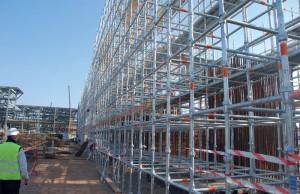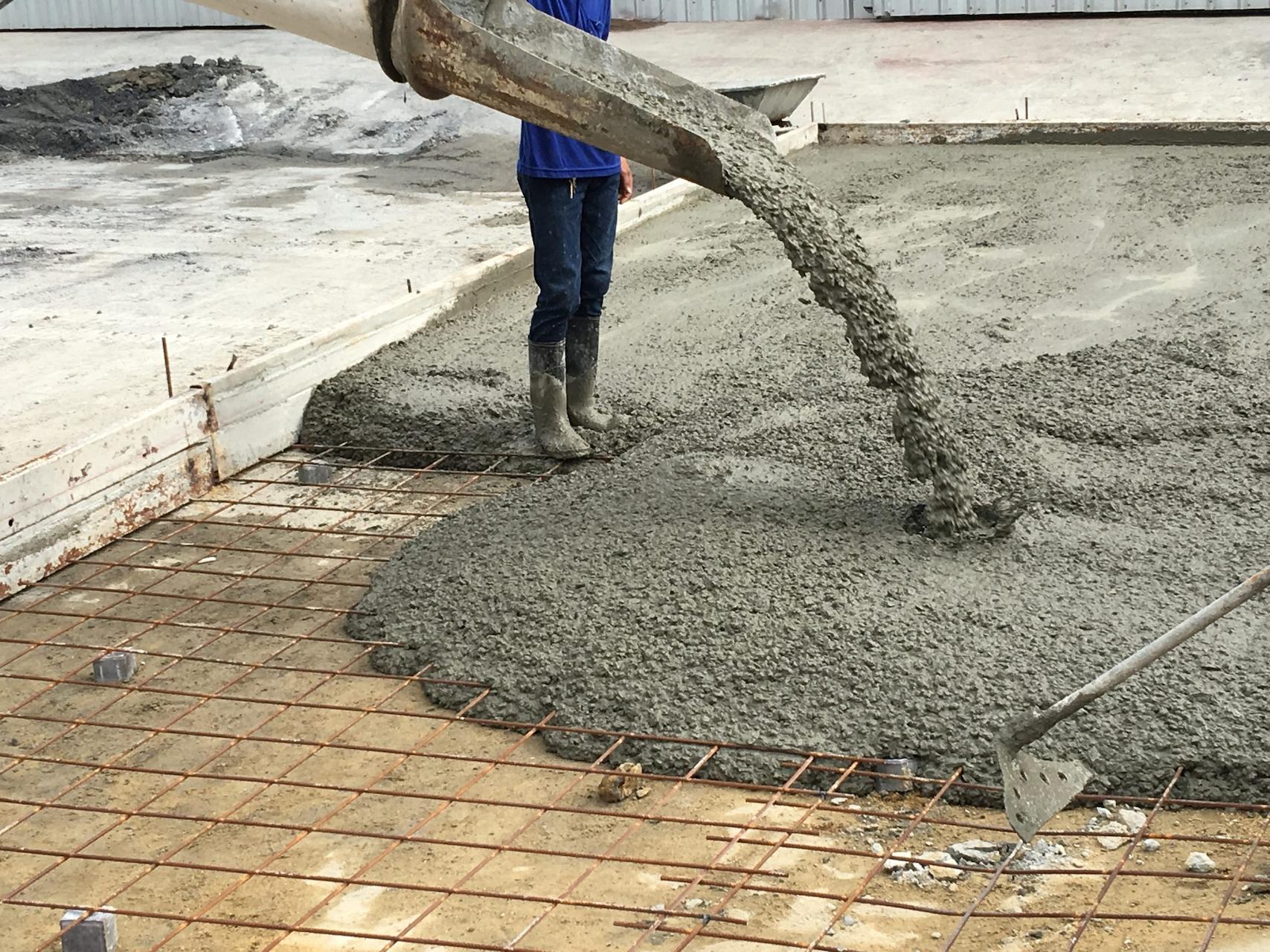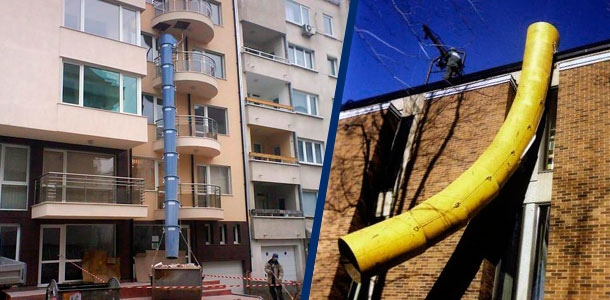Cuplock is a proprietary scaffolding design that uses a minimal number of loose fittings and is highly adaptable, durable and safe. It is a multi-purpose system that can be used for both load-carrying and facades.

Range of Applications
This type of scaffolding can be used for a large range of structures whether in construction, maintenance or refurbishment. These can be facades, loading bays, curved or shoring structures, mobile towers or staircases. The system works through the use of hop-up brackets that allow working platforms to be installed in increments of 0.5 meters above or below a principal deck. Workmen can access all parts of a building, in particular for painting and finishing tasks, without disrupting or reassembling the main part of the scaffolding.
Automatic Assembly
The cuplock system uses automatic assembly and standard horizontal elements as transoms, ledgers and guardrails. The base lift is set out and leveled. The subsequent lifts, or layers of scaffolding, are added at perfect right angles and the whole scaffolding structure takes shape automatically.
Three Connection Elements
There are three types of connection elements: a lower cup, an upper cup and ledgers. The cups have a hollow centre that allows the vertical bar to pass through. The lower cups are welded to the vertical standards at 0.5-metre intervals with the bowl of the cup facing upwards. The ledgers are T-shaped, or almond-shaped, units welded at both ends of the horizontal elements. The ledgers fit into the lower cup so that they rest at right angles to the vertical. A maximum of four horizontal elements can fit into the lower cup. The top cup then slides down the vertical element to drop over the blade ends of the ledgers as they rest in the lower cup. It is tightened with a hammer and locks the horizontals securely against the vertical.
Advantages
The main advantage of the cuplock system is that it takes 30 to 50 per cent less time to assemble compared to conventional scaffolding. It is also 20 per cent lighter and easily palletised, allowing for efficient handling and storage. The system is safer to erect as it has a recognised assembly sequence. The security of the locking system is not dependent on the strength of the worker putting it together. It does not require any nuts, bolts and wedges whose assembly needs strength. There are no diagonal bracings in the system so it can be used to support a working platform without any obstructions.



